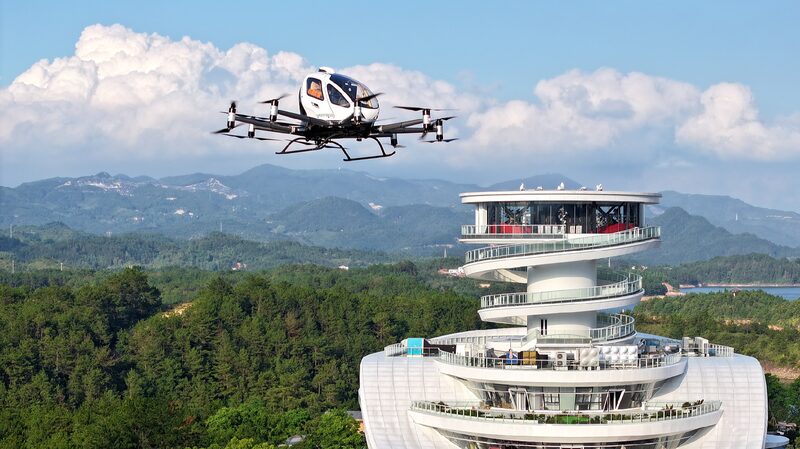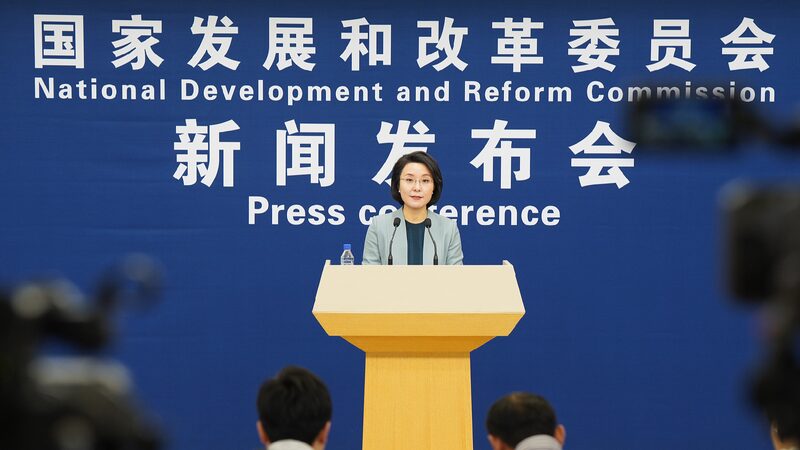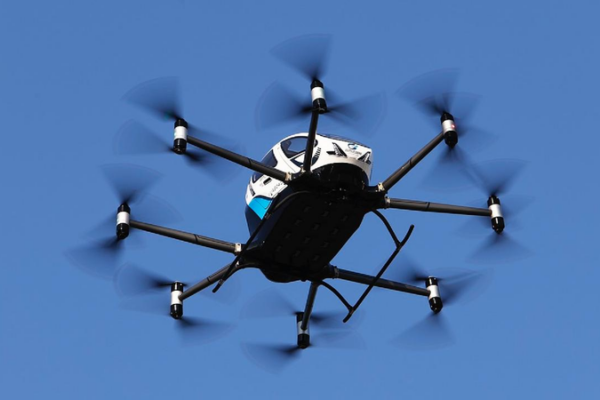China has taken a significant step in advancing its technological frontier by establishing a new department dedicated to developing the low-altitude economy. This move aims to harness the potential of drones and other aerial technologies operating within 1,000 meters above the ground.
The National Development and Reform Commission (NDRC), the country’s top economic planner, announced that the newly formed department will be responsible for crafting strategic plans, implementing policies, and coordinating major initiatives related to the low-altitude sector.
What Is the Low-Altitude Economy?
The low-altitude economy encompasses all economic activities involving manned and unmanned aerial vehicles, such as drones, helicopters, and small planes, operating close to the ground. This sector plays a crucial role in various industries, including agriculture, logistics, tourism, and emergency services.
A Skyward Surge in Growth
China’s low-altitude economy is soaring. As of September, over 50,000 enterprises are engaged in related businesses, according to CCID Consulting. The industry is projected to reach more than 670 billion yuan (about $93 billion) in 2024 and is expected to exceed 1 trillion yuan by 2026.
Data from the Civil Aviation Administration of China (CAAC) shows significant growth:
- 689 general aviation firms by the end of 2023
- 3,173 registered general aviation aircraft
- 451 established general aviation airports
- Nearly 608,000 newly registered drones in the first half of this year, a 48% increase from last year
Major cities like Beijing, Shanghai, Shenzhen, and Suzhou have introduced supportive policies to foster this burgeoning industry.
Expert Insights
Li Deren, a renowned expert in photogrammetry and remote sensing and recipient of China’s top science honor, shared his optimism about the industry’s future. “The infrastructure and flight service systems for the low-altitude sector will steadily improve, driven by advancements in intelligent network technologies and enhanced management practices,” Li told CGTN.
He anticipates that China’s low-altitude market could reach 3 trillion yuan in the future, emphasizing that the establishment of a dedicated governing body is both timely and strategic.
Unified Efforts to Elevate the Industry
This year marks the first time the term “low-altitude economy” was included in the Chinese government’s work report. A key resolution adopted during the reform-themed third plenum of the 20th Communist Party of China Central Committee highlighted the nation’s commitment to developing general aviation and the low-altitude economy.
In recent months, several government bodies have taken action:
- The CAAC, MIIT, and MOT have established specialized teams focused on the low-altitude economy.
- In November, the MIIT held its first plenary meeting to outline the industry’s development direction and promote high-quality growth.
- On December 17, the MOT released the “General Aviation Airport Management Regulations” to enhance safety, reduce costs, and stimulate market vitality by easing restrictions on smaller airports.
- The China Meteorological Administration, in partnership with the National Data Bureau, is working on projects to leverage detailed meteorological data to support the industry’s growth.
Looking Ahead
China’s concerted efforts to promote the low-altitude economy signal a strong commitment to innovation and economic diversification. By investing in aerial technologies and infrastructure, the nation aims to unlock new growth drivers and position itself at the forefront of this dynamic industry.
Reference(s):
New department set up to boost low-altitude economy in China
cgtn.com








